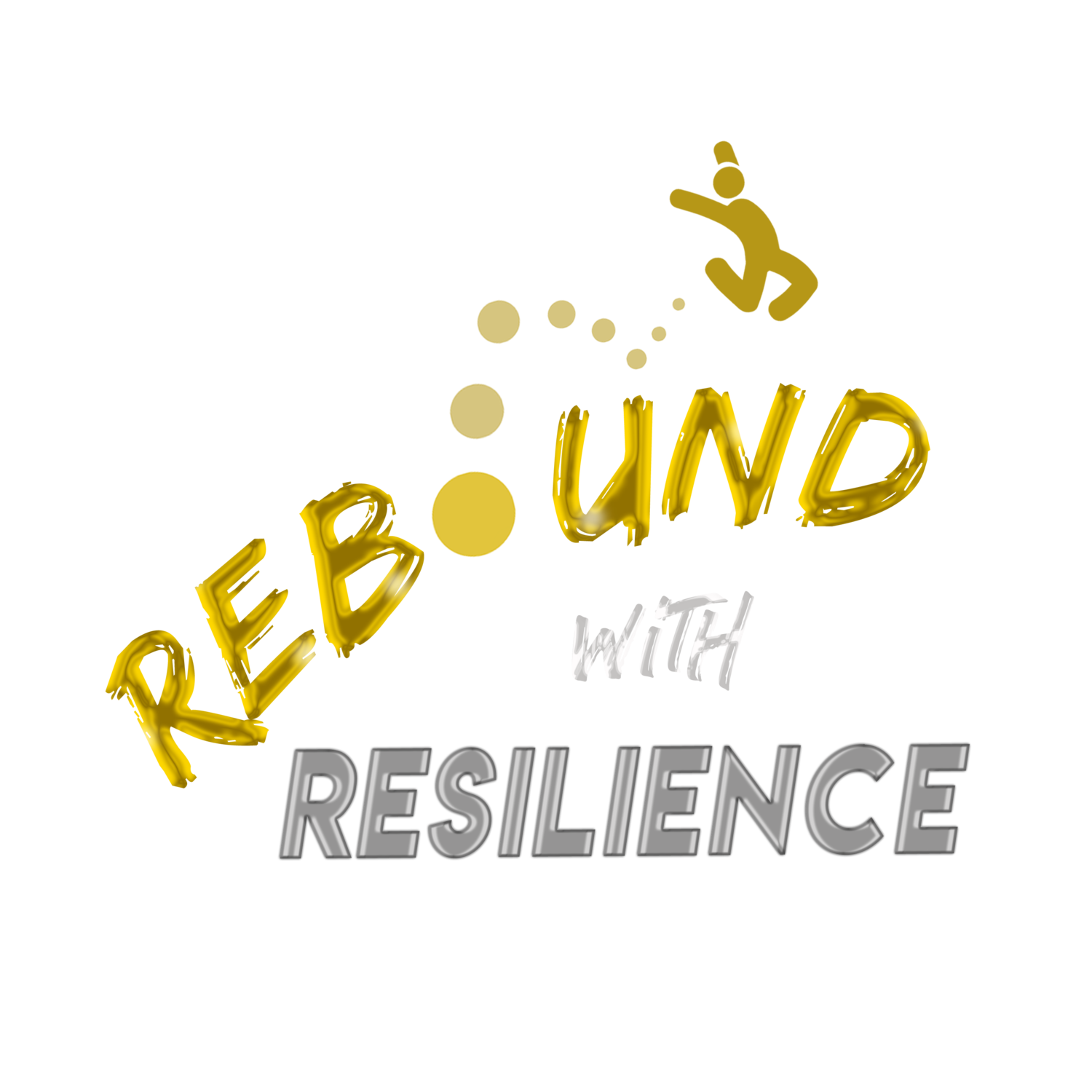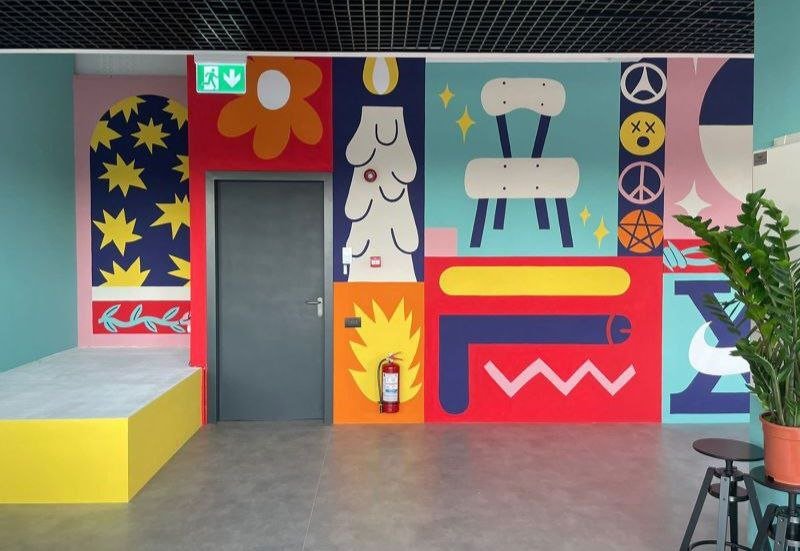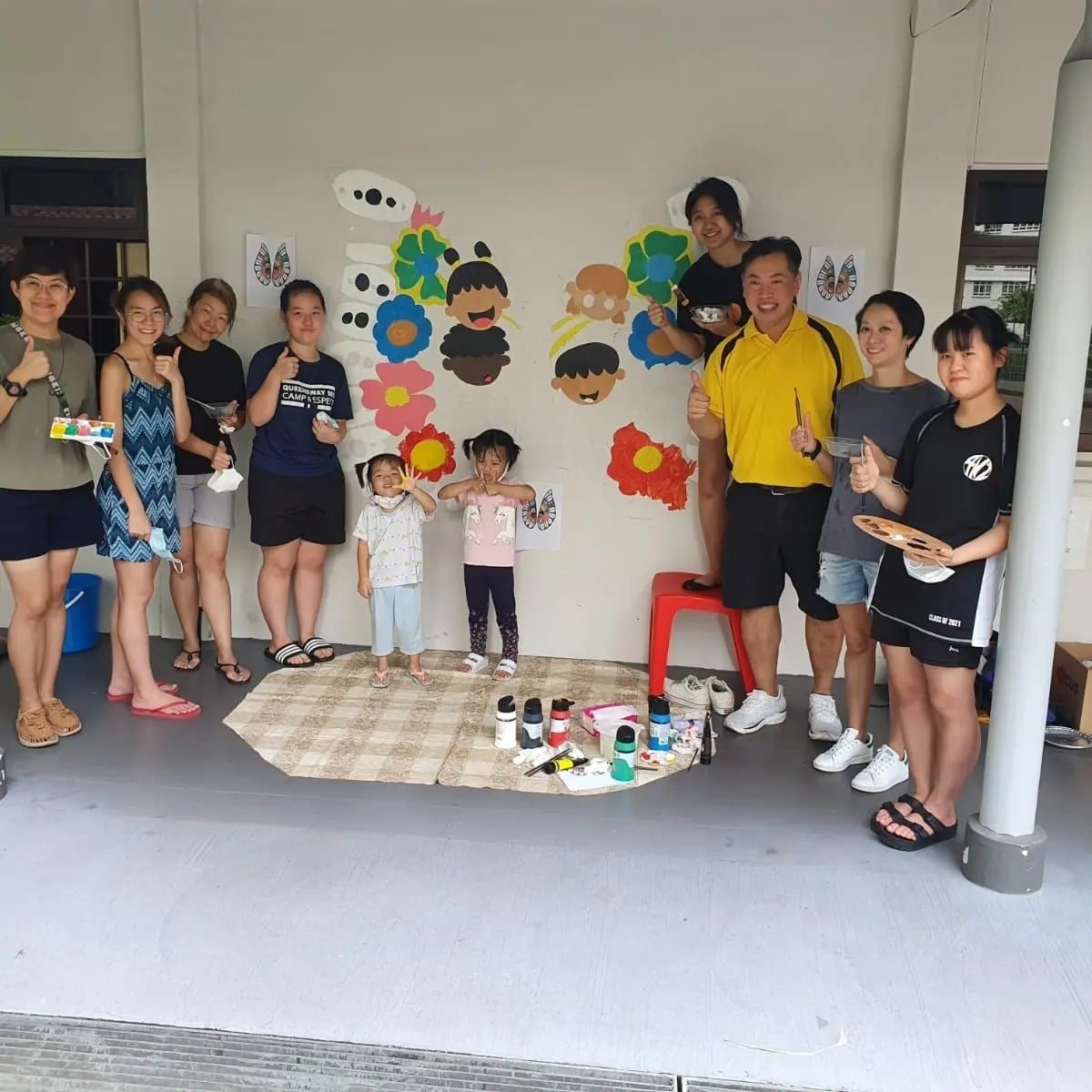Wellness is a Holistic Effort
Raising the resiliency and mental wellness of schools and organizations takes a holistic effort. As such, we were overjoyed to partner with Safe Pod @ Queenstown, an initiative where a mental wellness van and befrienders are deployed in schools and communities, to raise awareness about mental health.
We produced an episode comparing thoughts on mental health between both kids and adults. We interviewed New Town Primary students on their thoughts towards Safe Pod too! Have a look below
I also hosted 3 podcast episodes – with Eric Chua (Senior Parl Sec), Kathleen (a Safe Pod Befriender) and Karen (Executive Director of Lions Befrienders). We spoke about mental health, peer support / befriending and empathy respectively.
Recently, Minister Chan Chun Sing also spoke about the 7 shifts in education, which included the importance of sensemaking, setting foundations of emotional resilience, and engaging students with different modes.
I felt these shifts were quite aligned to our efforts and lessons I learnt from Safe Pod’s partnership. Hence, I decided to provide a summary of each episode, and suggestions which school or organization leaders may take to promote a culture of well-being.
Interviews: Do Kids and Adults View Mental Health Differently?
Insights Gained
What warmed my heart most was the mature responses of the kids. Some answers they gave had more depth than adults. It revealed the value of intentional awareness and nurturing sensemaking, which New Town had an intentional focus on. In addressing taboo topics openly, reducing stigma and encouraging open conversations, kids can develop a deeper appreciation of mental health.
I also visited several schools where Safe Pod has begun operations. The reinforcement and physical outfit helps normalize importance of mental health, just as how having a dental van normalizes dental health.
However, it must be noted that Jodi (volunteer that does the facial analysis) highlighted that students who were most in need were mostly quite afraid to seek help, and the cultural stigma is still strong.
Suggestions:
Prepare, instead of just protecting or preventing. Sensemaking begins with helping students appreciate context and not just content; to dive deeper into ‘WHY’ and understanding their relationship with their mind and stress threshold, rather than just ‘WHAT’ and ‘HOW’ and a list of items to deal with anxiety/stress.
Consider the transformation of physical spaces. Research does show a fascinating and compelling link between changes in physical environments and behaviour (I have a contact open to designing and co-creating murals in schools with students to champion specific messages. Some of her designs are below! If your school is possibly keen in this, do reach out!)
Ep 1: Making Mental Health in Society a Priority Ft. Eric Chua
Eric has a deep passion for people and youth. The Safe Pod van was his idea, and I had a meaningful conversation with him on societal gaps in mental health and possible solutions
He identified 3 gaps – intergenerational gap, lack of synergy in efforts and lack of deep connection with oneself and others.
Links to full podcast: Youtube / Spotify (Click)
Key Learning Points & Suggestions:
Intergenerational Gap in perceptions of mental health exists in families and even in schools. While a stoic, headstrong approach might have worked for the previous generations, it could be labelled as ‘toxic positivity’ by Gen Zs, serving an opposing effect. Positive psychology, while powerful in theory, has to be carefully applied with an empathetic reading of the psychology of youth, and a deep understanding of their minds. Thus, connection through trust, comes before coaching and content. Also as I shared, I don’t believe youth are strawberries, they are just resilient under different conditions, and its our responsibility to co-create those conditions.
Lack of synergy. While much awareness has been raised, there lacks a common resource or place where everything is compiled. I believe, in time, we will have one in society. While that materializes, we can begin building ‘safe spaces’ or common resources within schools. While this will take time and buy in, it could be a worthwhile long-term investment. A suggestion could be setting up a small wellness center of sorts, with activities for connection, and tools/resources for students who need emotional support and empowerment. These can be semi student run too.
Connection with oneself and others. We both agree that this is lacking. Broadly, we have ‘two minds’, the conqueror and the connector. The former craves competition, achievement and asks ‘What’s next?’, whereas the latter finds peace in detachment, creation and gratitude for the present. Modern society and education emphasizes greatly on the former, and neglects the latter. I believe there is satisfaction in striving and a need to compete to stay relevant as a nation. However, I also believe we are facing a crisis of context and connection. CCE efforts may look deeper into what it means to connect with oneself and others, and how we can do so.
Ep 2: Empathy 101 (What, How and Barriers) Ft. Karen Wee
Karen has decades of experiences volunteering and working in social service, and her experiences leading Lion Befrienders put her in a great position to give good insights on empathy
Links to full podcast: Youtube/Spotify (Click)
Insights and Suggestions
Empathy is being able to cognitively and emotionally connect with someone. It’s simply to be able to recognize and reflect emotion
Barriers of empathy include bias, conditioning and identity. I brought up the BRAVE identity model, which stands for Beliefs, Rituals/Religion, Allegiances, Values and Emotional Experiences. When either of these aspects of identity is challenged, we feel threatened and triggers a deep-rooted emotional reaction. A way to tackle this is to establish a safe or ‘brave’ space, address taboos openly, and nurture sensemaking and common ground. Here is an extended summary on how to navigate this.
Enhancers of empathy mainly fall under 1) Curiousity & Widening Knowledge 2) Recognising and Reducing Bias and 3) Relating emotionally to others
I wrote a comprehensive article on empathy, with a breakdown of research, elements of empathy, and suggestions too. Check if out here if you haven’t !
Ep 3: How to Befriend and Provide Support Ft. Kathleen David
With the establishing of peer supporters in schools or mental health ambassadors in the workplace, this episode serves as a good resource! Kathleen is trained as a befriender and transitioned from a career in finance to becoming a counsellor
Full Episode: Youtube / Spotify (Click)
Insights and Suggestions
Befriending is term traditionally used for volunteers that ease beneficiaries fears, provide companionship and encourage them to use the organization’s service. While it may seem intuitive to make friends, there are specific trained skills that can help befrienders perform their role better
Barriers to befriending are similar to what was discussed previously – assuming you know more, or fear of being judged by others. Addressing that can involve redirecting one’s focus outwards (on serving), instead of inward (where the fear and overthinking lies)
Providing Support is both contextual and content driven. There are certain broad principles that help: holding space, not making someone entirely reliant on you, and helping them establish a support system. However, context matters too. Every situation demands a slightly different approach based on the relationship between both parties, stress threshold, and the outcomes desired
That’s about it :) Hope this short summary was useful
I’m excited for the shift to a culture of well-being and appreciate the heart you put in to make it happen. You deserve the utmost appreciation!
With love and resilience,
Kevin
Rebound with Resilience is a social enterprise, training and media company specializing in building resilience, mental wellness and peer support culture and skills. We also work with people with disabilities, giving them opportunities to speak in schools. Since inception, we have worked with over 70 schools and organizations and served over 10,000+ participants. Drop us an enquiry anytime into our talks/programmes and media content services!




